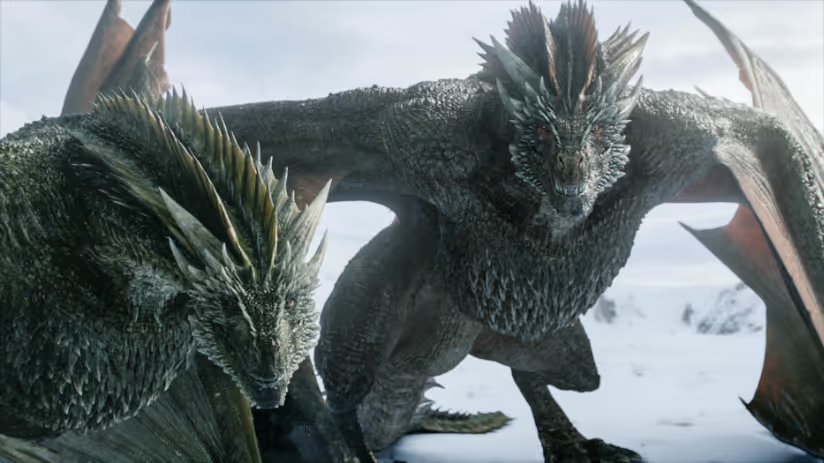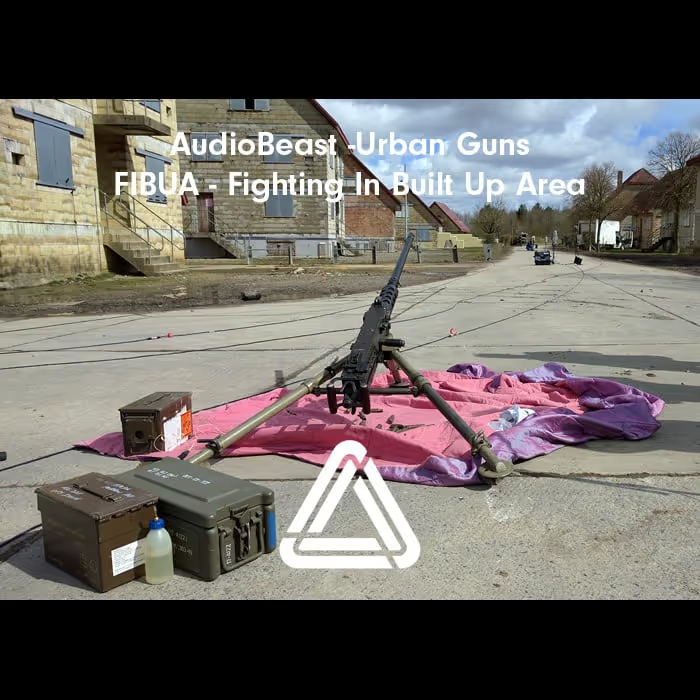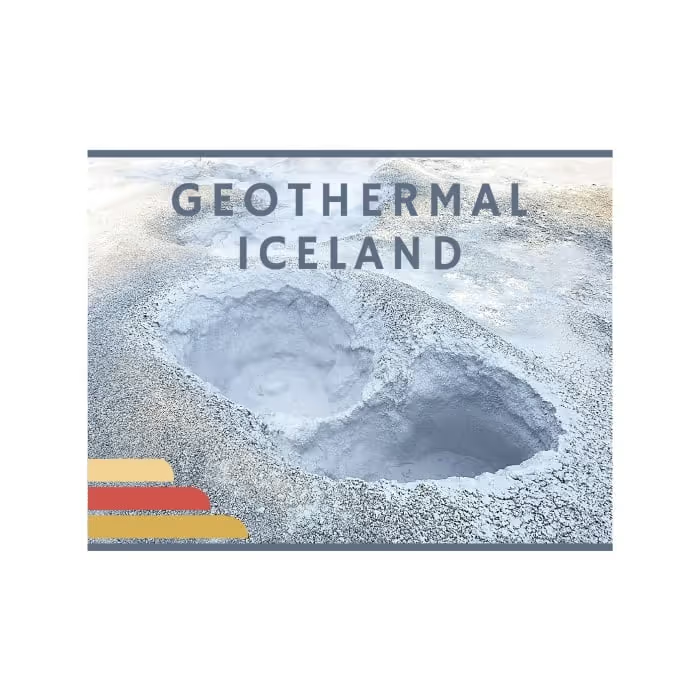Turns out, Jon Snow really is a bastard after all. But let’s not dwell on the ending of HBO’s epic series Game of Thrones. Instead, let’s take a page from Kurt Vonnegut’s Slaughterhouse-Five and do as the delightful Tralfamadorian aliens do — look at the different moments that stretch across the timeline of this whole experience.
In particular, let’s focus on those from Season 8 where sound played a vital role.
The dragons were a huge part of Season 8’s soundtrack. They were more interactive (think Jon Snow’s joy ride on Rhaegal, or the Ice Dragon versus live dragons clash at Winterfell), more emotive (like Dany’s death scene), more destructive (the burning of King’s Landing), and simply on-screen more often (according to sound designer Paula Fairfield, who handled all the dragons’ sounds).
There were quiet moments of dialogue, clamorous waves of wights, ice and snow, an epic death blow, and of course fire (of the dragon and wild varieties). Here, supervising sound editor Tim Kimmel, re-recording mixer Onnalee Blank (dialogue/music), and re-recording mixer Mathew Waters (effects) of Formosa Group in Hollywood, CA, and sound designer Paula Fairfield discuss their approach to all of those. They also talk about the battles, the dragons, and what this series meant for them personally.
There’s so much happening with the dragons in Season 8. How have you expanded the dragons’ sounds for this season?
Paula Fairfield (PF): It was a lot! It felt like there was as much dragons in this season as there were in all the seasons put together. I’ve talked about growing the dragons up, which has been a curious challenge. But this season was about extending their palette and range.
We never got to really know Rhaegal before. In the past, it was him and Viserion squawking back and forth a little bit and flying around but I needed to do much more for Rhaegal for Jon’s ride on him.
Then, there was the crazy air fight with the dragons. I anticipated something might happen between the two dragons and so I was very careful about designing the Ice Dragon/Viserion’s screeches, his body and his blue fire. My worst-case scenario was that a living dragon and the Ice Dragon would meet up. I needed to have all of their elements distinct from one another. But I never imagined all three of them together in the air in combat. That was insane. It was fun but crazy.
Another difficult dragon scene was when all the wights gang up on Drogon. He had to do this shimmy and shake them all away. He was in pain and you really had to hear that. You hear a bit of his pain sounds when he gets hit in the loot train sequence of Ep. 704, but not to the extent that you hear him in pain this season.
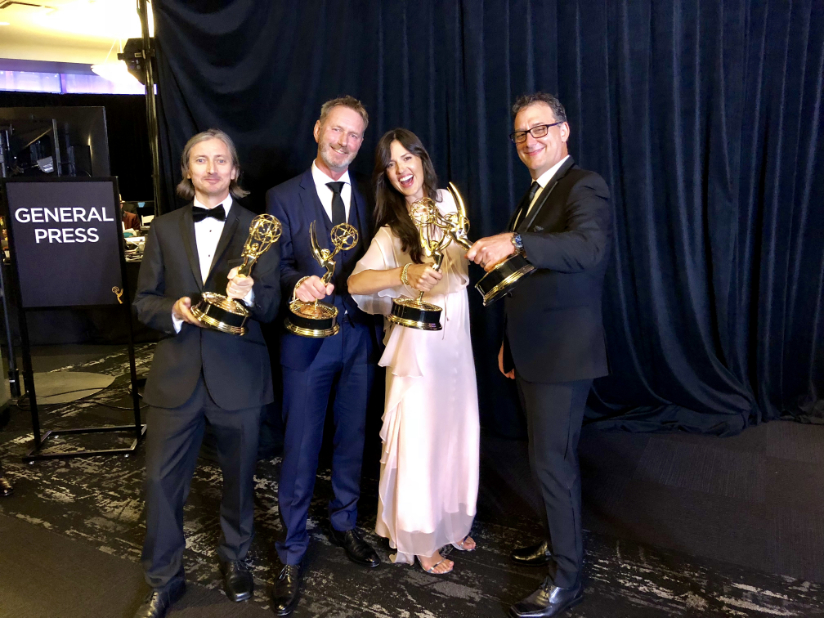
How did you widen the palette of dragon sounds?
PF: You have to find sounds in the same vein. The dragons are designed with lots of layers and textures, so the sounds can evolve in different directions.
This season I was looking for unusual things to help expand the palette. One of the big things I did was to make the wings sound distinct. That was a big texture this year; there are tons of wing sounds. You’re on one dragon flying next to another dragon. You’re in the aerial battles, falling and twisting in the air. They’re stumbling around and flapping on the ground. There was just so much stuff.
[tweet_box]Behind the sound of the final season of Game of Thrones:[/tweet_box]
The living dragons were fairly similar but each dragon has a few dozen small sounds, like whooshes, whomps, and leathery skin textures that get rearranged to emphasize that particular one.
The living dragons were fairly similar but each dragon has a few dozen small sounds, like whooshes, whomps, and leathery skin textures that get rearranged to emphasize that particular one. I hadn’t done it that way before but it worked really well. The wings were prominent in a lot of places and that helped to tell the story. The sounds were distinct and that helped, especially in the dragon battle. The wings had to be so distinct to try and help tell that story, to bring your eye from here to there and back. There was so much action happening and it was dark.
There were a lot of comments about that episode. People were freaking out because they couldn’t clearly see what was happening. But the idea was to put the audience into the battle and if you’re in the battle then you’re not always going to be able to see clearly. You have to use your ears and so the sound was vital to help carry you through those moments. It helped to continue the movement and continued to tell the story in the darkness. You’re fighting millions of wights in the dark; that is the story that we were telling. It’s a horror story about survival in a way, a story of perseverance against all odds. The scenes were dark and so everything had to sound distinct and focused to tell the story.
In celebration of the series’ excellent sound, Art of The Film created this supercut of sounds from Game of Thrones: Season 7 [spoilers included]. No music included here, only sound effects and foley. Volume up, best with headphones:
You wanted to feel the textures in the dragon battle; you want to feel like you’re flying through that crazy weather. The weather was a huge layer also, and it was meant to disorient. That was the whole point. The dragons are being disoriented because they were up in the sky. The White Walkers were messing with the weather and screwing up the connection between the dragons and what was happening down below so they couldn’t light the trench. The disorientation of weather and the confusion of the dragons during battle —when Rhaegal and Drogon smash into each other in midair — was crazy and it happens so fast. All that was told with sound and it had to be distinct. Each dragon has its own sounds so you know what’s happening even if it’s windy and snowy.
The other big scene is the last scene with Drogon finding Dany and taking her away.
My endless search for interesting sounds took me to White Oak Conservation Center in Yulee, Florida. It’s roughly 13,000 acres and they take care of endangered and extinct-in-the-wild animals. They allowed me to record all kinds of stuff.
The sounds that were most useful for the dragons were rhinoceros sounds. I recorded three kinds and ended up using the black and white rhinos for Rhaegal, for his big barrel-chested moans when Jon is flying on him.
I used a Mississippi Sandhill Crane — this huge, glorious bird. I had set up a recorder and left for a few hours. On that recording were some amazing screeches. When Rhaegal gets hit, you hear those screeches quite prominently. It’s sort of an expression of surprise and pain.
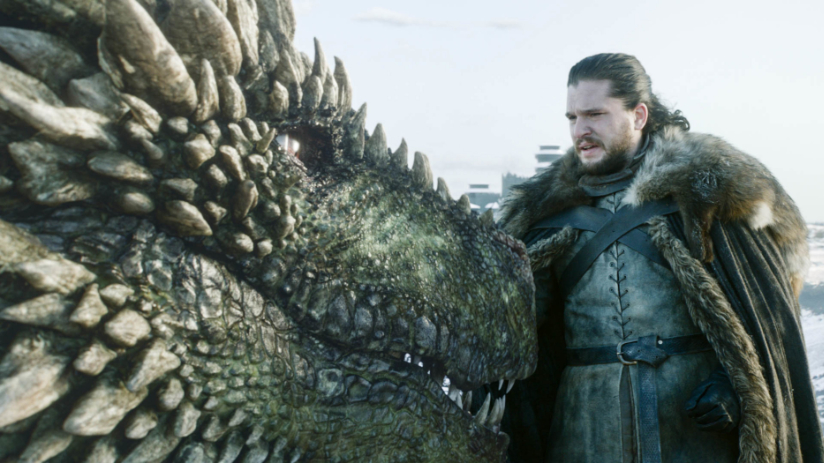
One of the amazing connections is that these birds are endangered species, and their voices are disappearing from our planet. I’m using their voices as the cries of pain and death for mythical creatures that people seem to love more than the real animals that are on this earth.
That sound is also part of Drogon’s screech to the sky when he realizes that Dany is dead. One of the amazing connections is that these birds are endangered species, and their voices are disappearing from our planet. I’m using their voices as the cries of pain and death for mythical creatures that people seem to love more than the real animals that are on this earth. People always ask me what’s in the dragon vocals and this season it was about 30 different species of animals; it’s all animal sounds. There was one tiny thing that I did with my voice because I was having a hard time finding the exact sound I was looking for. But, besides that, it’s all animal voices. It’s something to think about, where these beautiful voices come from for these creatures that everyone loves.
My uncle and his partner have a wildlife rehab place outside of Banff in Cochrane (Alberta, Canada). It’s called the Cochrane Ecological Institute. They rehabilitate wildlife that are injured or need care. They got two grizzly cubs about a year ago and they were allowed to keep them on the property for the winter. I set up a recorder in this hibernacula that was built for them. So I have recordings of the bear cubs from all winter. Surprisingly, the bears were very busy at night. They were supposed to be hibernating but they were up at night, having snacks. I have recordings of endless amounts of sniffing, snoring, and bear farts. I even captured one of their heartbeats at one point because they were right up against the recorder. The recordings were fantastic. The sniffs of Drogon as he’s nudging Dany and pushing her, and the little moan in there too, come from the bears.
Again, there’s this metaphor. It’s like these orphaned bears nudging their momma and Drogon nudging his momma. That was what was going through my mind as I was putting these together.
It was great having access to these animals and being able to record them, and to be able to use them this way. It’s been an absolute pleasure. I could sit and listen to these recordings all the time if that was my job.
Game of Thrones composer Ramin Djawadi shares the story behind the score for the series
I listen to these recordings looking for sounds but then I just find myself listening because it’s amazing. You don’t know what you’re going to get, what you are going to hear, because there are all these other animals around the property. You hear coyotes and all kinds of things. It’s been a neat journey. I hadn’t done this type of recording before Thrones, but these sounds help to make the dragons feel more real. Animal sounds have raw emotions and that’s been a neat thing to play with.
The VFX team creates extraordinary visuals and having these images to work up against makes me search every frame and beyond to try to find sounds to contextualize the dragons, to make it feel like you could reach out and touch them and smell them. One of the hallmarks of Thones is that it always feels very real because of the detail, sonically and visually. It had to be that way in order to work.
What about the wings? Were those animals, too? Or canvas and fabric?
PF: The wings were parachutes, canvas, and tarps. There are leather twists and movement to get that creakiness. It was a careful assemblage of a palette of sounds that would work. If an instance comes up where I need a different sound, then there’s enough variation that I can extend the palette a little bit.
My work has really evolved over the years because it’s been such a challenge. This season has been so challenging but that forces you to adapt and expand. I’m so grateful for this experience because it personally has brought me to a much better place as a sound designer. A lot of times that means having confidence in your wacky ideas. I think that’s the same for any creative endeavor. I felt the responsibility of this show very much and wanted to make it as successful as possible. So that does push you to go to new places and that has been an extraordinary thing.
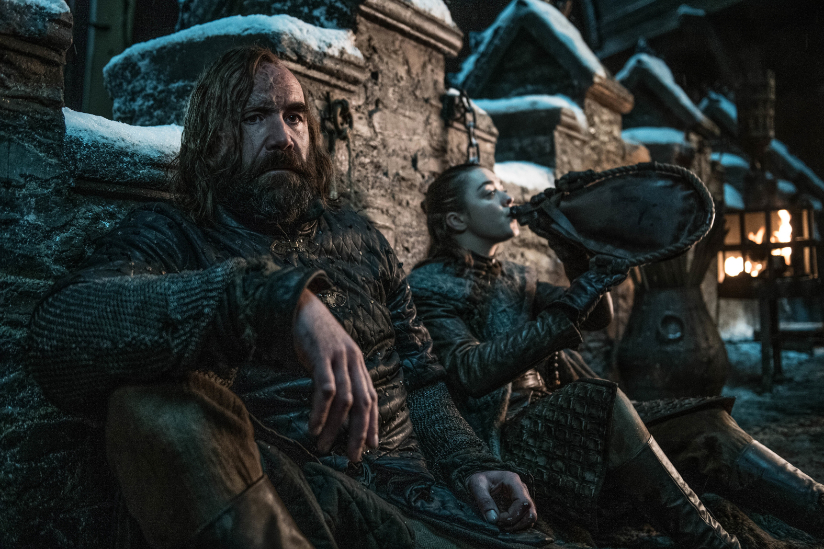
Game of Thrones has always had incredible sounding dialogue. There are some lovely, quiet scenes in Ep. 2 “A Knight of the Seven Kingdoms,” with just intimate dialogue and background ambience. Any particularly challenging bits in there?
Tim Kimmel (TK): Definitely!
Onnalee Blank (OB): It’s a long process to get it to sound the way it does. It goes through a lot of different hands. Our dialogue editors spend a lot of time cleaning it up as much as they can and then Tim does a pass on it as well. Then it gets to me and I do whatever I can to make it as quiet as possible. There isn’t anything to hide behind; there’s no traffic. There is a bit of wind but that’s it. So, it just takes time and a lot of passes.
TK: We have two dialogue editors that take a pass at it. We talk about which lines or scenes aren’t fixable and that we have to do ADR on, to help smooth some lines out. We tried to get production to work as much as possible because that’s going to sound the most natural. I’ll do a pass on it before I send it to Onna, and then she’ll work her magic on it. In the end, it sounds amazing and clean and that’s what you hear on air.
OB: We were dealing with noise from generators and airplanes going over head, or a truck passing on the road that’s kind of nearby — all those things that aren’t in Westeros.
TK: They shoot relatively close to a freeway. It’s far enough away that you don’t always hear it but it’s close enough that occasionally a sound will sneak in there. The production mixers on the show do a really good job with what they’re given environmentally but there are still noises. In some of these scenes there are wind machines and snow machines and those are sounds that can’t make their way into the final mix. Sometimes we can EQ those out or process them out but sometimes we need to do some ADR.
How the battle scene sounds in ‘Game Of Thrones’ are made – a Movies Insider special feature
How about Podrick Payne singing ‘Jenny of Oldstones’? Was that production? Pre-record?
OB: That was production. It was tuned a little bit and manipulated to make it work.
TK: Actor Daniel Portman did a good job with it!
Looking at Ep. 3 “The Long Night,” the first charge of Dothraki into the wights was interesting. Their demise is so quiet. You just see their lights go out and hear a few screams from afar. Was that a choice made on the dub stage? Can you tell me about that scene?
OB: They had an idea that they tackled in their temp. We just made it cooler. We worked hard on what should be heard and what shouldn’t be heard. There was a big discussion about that and we did multiple passes. Everyone had an idea and so the sound evolved through the whole process. We kept working on that section. What does it sound like when hundreds of people die at one time?
The Dothraki are just overtaken and then it’s the sound of wind. Everyone is gone. A few survived but you don’t know that right away.
TK: There was never score there, but there was a time when there was more sound happening in the distance. As we went through it with the producers, they kept wanting it quieter and quieter. It was more frightening because you don’t know what’s happening. The Dothrakiare just overtaken and then it’s the sound of wind. Everyone is gone. A few survived but you don’t know that right away.
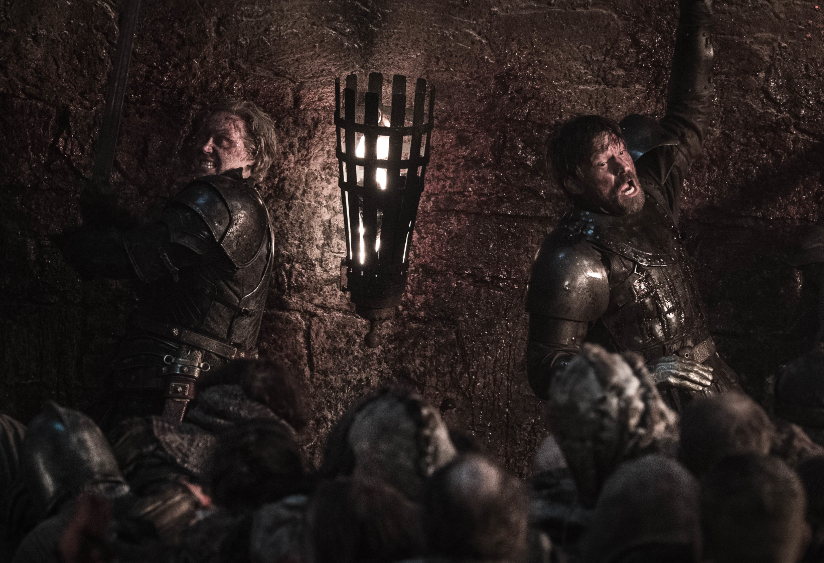
The quiet is broken by the rushing tidal wave of wights advancing on the Unsullied. What went into creating the sound of that horde?
TK: Paula Fairfield was the one who really created it. We established a palette of sound that these things make over the past few seasons, but this needed to feel larger and more intimidating and overpowering. We had a library of their bone movement and their vocals and their armor. We used that to turn them up to 11, so it’s like a stampede. You feel like it’s going to overwhelm you as they come in and clash with the Unsullied. Paula stacked and layered those vocals and came up with new vocals to help make it sound like there were thousands of them instead of hundreds.
OB: Hundreds of thousands.
There used to be music in that scene but we felt the story was told better with just sound design. It made it scarier.
TK: We did a lot of give-and-take between the music and sound design. Some moments, even though there is music there, the sound design will take over and vice versa. There were times when the music was doing a better job of telling the story and so the music would carry the moment.
PF: I did a general pass on the wights of their movement and vocals. I assembled libraries of bone movements and different things that we had for them and put that into Sound Particles to make movements and a general, wide sense of them being everywhere. I made beds of sounds, of them moving across the screen, back and forth, and all around. There were bone body movements and feet in the snow and vocals. It was done in layers and layers.
The next layer was of their voices, which were defined in groups. So there were groups of wights and waves of movement.
Then, there were the individual voices. The way the VFX were coming in I did a first swath pass on all of it and then Tim asked for more. Every time new picture came in there were more wights. It was crazy. But, at one point I had to move on to the dragons. It required careful coordination and Tim had to move all of these pieces around so we could get through the work and have enough time to develop ideas but stick to this insane schedule. We had to work around bottlenecks with VFX. All of that detail in the VFX we needed to see in order to cut sounds for it.
In Ep. 5 “The Bells,” for instance, we had another editor brought in to do a first pass of debris and explosions. I did my dragon pass. Tim filled in and mopped up as the last VFX were coming in. Tim was putting the finishing touches on everything in Ep. 5 so that I could move onto Ep. 6 “The Iron Throne.” It was a crazy movement through the season but everyone was so good. We were a finely tuned machine at that point and there were very little hiccups. Everyone dug in and just did it.
 Tesla Model X 2015 electric full size crossover SUV sport utility vehicleKrampfstadt Studio65,00 $32,00 $51% OFF
Tesla Model X 2015 electric full size crossover SUV sport utility vehicleKrampfstadt Studio65,00 $32,00 $51% OFF
There were nice moments of subjective POV during the battle, like Sam getting knocked down, Grey Worm’s POV before they light the trenches, and Melisandre’s chanting to finally get them lit. Mix-wise, how did you help these moments?
OB: Grey Worm is such a strong character in Ep. 3. Matt [Waters] and I talked about trying to create some sort of space around him, which is challenging to get during a big moment. Anytime Grey Worm is on-screen, his dialogue is in every speaker. His breathing is in every speaker. We took down the sound effects. I treated his dialogue differently than all the other characters in the show just to create a sonic space that is a bit different even if it is for just two seconds. We thought it really helped because the episode is so loud that it was something for the audience to grab onto briefly before we are back in it. It was a nice change of pace.
For Sam, his POV was more obvious because of the way the picture was cut. He’s lying there looking like maybe he should have gone down into the crypt. He’s looking around at the mayhem, stunned. That was a nice moment for us to play.
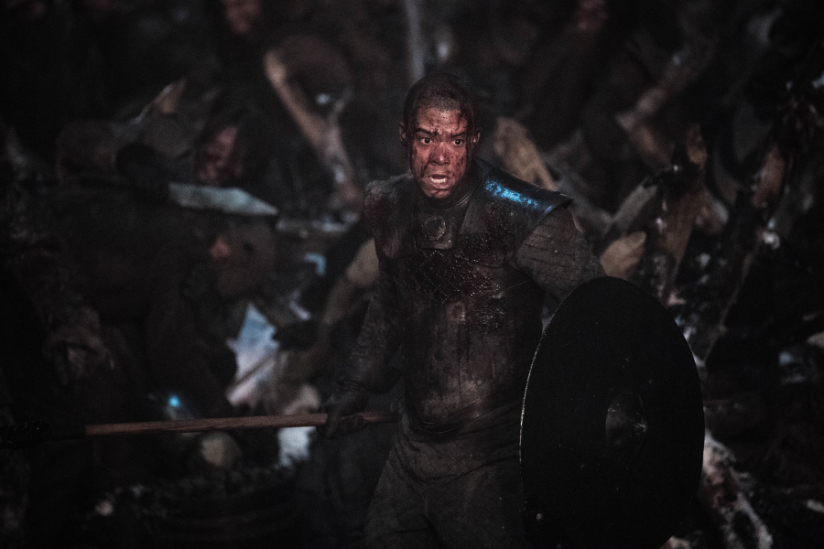
The wights overrun Winterfell. This attack felt even more close-quarters and intense, as opposed to their initial attack outside the walls. What were your challenges in designing their close-quarter attack on Winterfell’s yards and halls?
OB: That may have been one of the most challenging parts of the mix because it was crazy. How do you play it all at once with all the detail? Matt did a great job of making a lot of the sounds staccato and bright so things were way more in your face then they were in the beginning part of the battle. It made it feel claustrophobic and like there was no end in sight.
TK: We had to cover all the individual vocals from all the different wights to capture each one right there in your face. We spent a lot of time creating new vocals. We had created some in previous seasons but there are so many this season that we had to create a huge library of new wight vocals. We had to have ones that best supported the story for that moment — aggressive or overpowering. For example, when Jaime Lannister gets knocked down at one point, we had to make sure the vocal for that wight was the most intimidating and threatening. We wanted to make the viewer worried that this was the character’s final moment. We wanted them to worry about what was happening.
It probably would’ve been easier to have it performed with loop group but we wanted to make it different than a typical zombie voice.
We didn’t do loop group. That probably would’ve made it easier. The wight vocals were created from human elements and animals that we treated. So we had to go to each one of these characters individually and manipulate something to make it work for that moment. It probably would’ve been easier to have it performed with loop group but we wanted to make it different than a typical zombie voice. We were worried that if we went with loop group then that was what we were going to get. There are human elements in there but those have been combined with animal vocals to get to these wight vocals.
The Twenty Thousand Hertz podcast did a great interview with Paula Fairfield on the sound of ‘Game of Thrones’
PF: Shaping the initial onslaught of wights, that whole section, must’ve been mixed in every possible way conceivable. The whole episode was much more subjective than any of the other episodes. You aren’t seeing things happen. It’s often implied in the environment that we were creating. There was an attack of wights right in front of you but you can feel them everywhere, all the time. They were crawling like cockroaches over the walls and through the catacombs. How do you imply that they are all there?
Had I known about the sequence last year or before I could’ve started something sonically that might have helped us. But I didn’t know it was coming. One of the rules is that the wights don’t make any sound unless they are attacking or dying. So using distant vocalizations to create an eerie presence is something we couldn’t really do. We’d be extending a palette way farther than we had set up. That’s part of the problem with design sometimes. You want to set yourself up for future possibilities and that was one situation where we couldn’t. So we tried many different ways to set up this feeling that they were everywhere, and the way that we have it now is very cool.
The dragons’ aerial battle, what were your challenges mix-wise?
OB: On the mix side, our challenge was to make it clear which dragon was which and who is attacking who. We wanted to be really precise about which sounds to play on which shot so the audience could track the action because it’s happening so fast. The dragons are spinning in the air and it’s confusing who to watch.
TK: That was a sequence that we didn’t see too much of until we got close to the end of working on that episode. Dragons take so much time to create in VFX. So as that started to come together, we had to figure out how to help clarify the action using sound. We wanted to emphasize which dragon was which and communicate to the audience which one was in trouble at that moment. We wanted the sound to help clarify what was happening visually.
It took quite a few passes of watching it to figure out who was who and exactly what was going on.
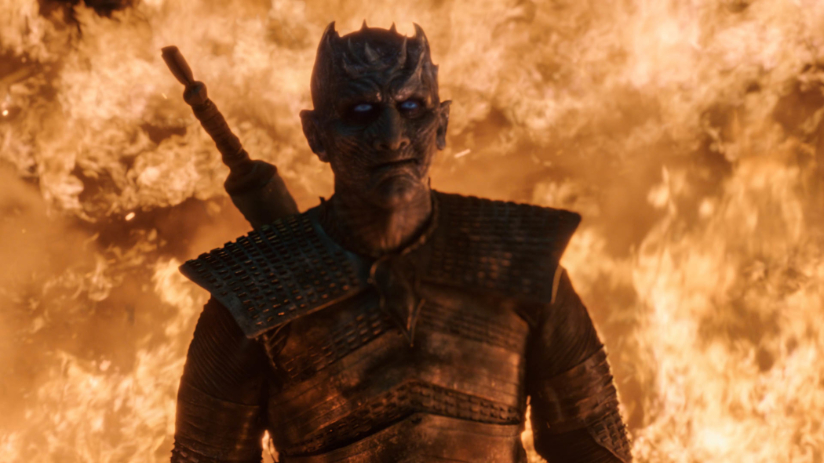
The Night King’s death was very satisfying. Sonically, how did you help that scene?
OB: We were so stoked about that scene. We were screaming “Yes!” through it.
We tried to make everything very quiet. There was really no Foley, no wind, no sound effects until right before Arya jumps. Then there’s just a little bit of sound and then boom, he grabs her and Arya is able to stab him.
PF: They went with this beautiful piano music and there’s just the odd sound here and there. It’s very poetic and surreal. Time feels extended.
When he grabs Arya, everything is dead quiet and you just hear the sound of the knife slipping from one hand to the other.
TK: We used silence to help because the quieter you can make the quiet scenes then the bigger the big ones feel. When he grabs Arya, everything is dead quiet and you just hear the sound of the knife slipping from one hand to the other. When she stabs him, Paula did a great job of creating not only the ice breaking sound but the sound of his energy force as well. The Night King brought life to all of these dead beings and so when he gets stabbed, that energy force moves through everyone. It’s more felt than heard but you can feel the energy leave him and transfer through all the other wights as they explode. You can feel that domino effect as it’s carried across Winterfell.
For GoT season 7, Paula Fairfield chatted with Gold Derby’s Zach Laws about how she made the dragons roar in the Golden Reel award-winning ‘The Spoils of War’ episode:
PF: There’s this deep and primal sort of sound as they explode. I had to provide lots of different layers, lots of options, because there was so many ways to approach that. I really liked how the moment ended up for Arya, when she realizes what she’s just done. There’s a tinkle of ice and then all the wights and White Walkers start to deanimate.
To get a really heavy crack for the ice, I had coconut shell cracks. They were very dry, harsh and brutal. That was for the Night King. Then, there are lots of ice and even glass shards flying.
TK: The death of the Ice Dragon (Viserion) was a fun one. The Night King is gone but the dragon doesn’t die right away. The audience wonders if it will hold on long enough to take out Jon. So we build up that moment until the dragon shatters and falls to the ground.
As for Arya’s knife dropping from one hand to the other, that was a combination of Foley and a bit of design. There’s a little ring out on that knife that we’d used in previous seasons, so that moment was a call-back to that.
PF: There’s a Shepard tone in there and it’s falling as wights, White Walkers, and Ice Dragon are coming down. That whole moment is ending and they’re done for good. There are all kinds of fun little things buried in there to help that. You feel it more than you hear it.
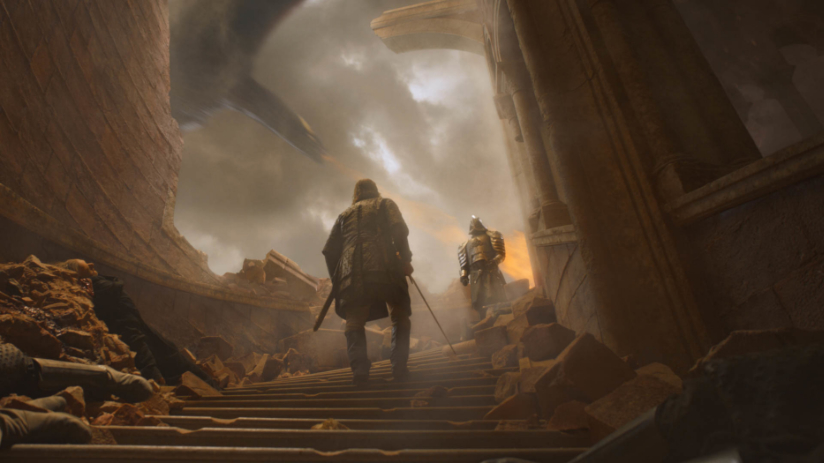
Looking at Ep. 5 “The Bells,” what were some of your challenges in designing Dany’s destruction of King’s Landing? Mix-wise, what were some creative choices you made for that sequence?
OB: We took a bit of a different approach on the mix side. We decided to play more of the percussive and low-frequency sounds and not every detail, to create an uncertainty and more of a horror, War of the Worlds-style. It wasn’t like a typical battle that we’ve done.
We just came off of Ep. 3 where everything was so loud. We wanted to try something different. I love the way that episode sounds.
Mathew Waters (MW): Ep. 5 was a matter of survival for me in mixing the sound effects. I just got off mixing Ep. 3 (we mixed Ep. 4 before Ep. 3) which was such a challenge because I had to keep up the relentless threat of being overrun by a ton of wights and not tiring out or hurting the audiences’ experience because of brightness and loudness. It was so fun and hard. It created a fun new challenge as a mixer and I thought we accomplished it well.
So, I go from mixing this hour and a half unrelenting attack in Ep. 3 to coming in on the first day of Ep. 5, hitting play on the Pro Tools and I just get bombarded by a wave of buildings exploding. I immediately stopped and asked myself, “How am I going to do this?”
I harkened back to how much I loved the sound of Dunkirk when the explosions were coming toward the beach. It sounded like a monster and I wanted Dany’s attack to be monstrous, not just loud.
Well, as always, I was given some incredible sound by the sound design team. There were many elements given as usual, but I keyed in on the concussive sounds of the buildings exploding. I really liked the mood that they set. I ended up using those elements and dulling up all of the debris and fire. I harkened back to how much I loved the sound of Dunkirk when the explosions were coming toward the beach. It sounded like a monster and I wanted Dany’s attack to be monstrous, not just loud.
Every now and then, I would open up the debris and fire and make it real. One of the things that worked out for me in mixing it this way was it allowed me to enhance moments with the Hound facing off against the Mountain. I would take these concussive hits and add delay and subwoofer to them in order to musically and intentionally hit moments when the Hound and the Mountain square off. This way it sounds organic but creates what I thought to be moments of great intensity.
It was super fun to mix that episode in such a different stylized way that I thought worked out very well in enhancing the story telling process.
TK: Absolutely. This was a phenomenal sounding episode. I love the mix that Onna and Matt did. There was so much going on and so much to listen to, but it’s still not overwhelming to your ears. We try to give a bit of character to these buildings coming down, to keep the feeling of King’s Landing coming apart while not overwhelming the audience with explosion after explosion, or rock hit after rock hit. We tried to pick and choose what gets played out front and what doesn’t. But throughout, we had to keep the feeling that King’s Landing is coming apart.
OB: For the townspeople yelling “Ring the bells!” I used a lot of pre-delay on the reverbs. This created an almost delay effect that made it feel like their voices were slapping off of the buildings. If you run that reverb into another reverb, it creates a loop and that was a cool effect.
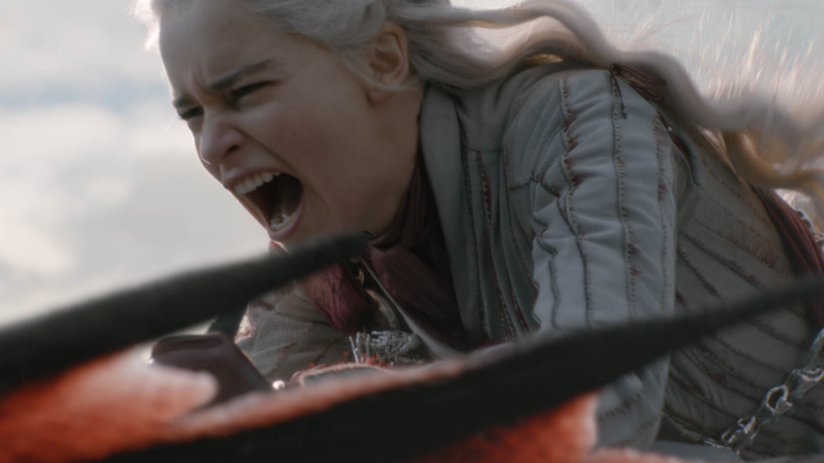
Game of Thrones is over, and what a bittersweet ride. So many great characters that are all now dead. What are you most proud of in terms of sound on this series?
OB: This show made everyone involved step up their game. We’ve all improved over the years and it was a really great journey. Plus, we’ve all become really great friends. It’s great that this ended but it’s also a little sad. It’s been a great ride these past eight years.
TK: This is definitely bitter-sweet. I’ve been on since Season 3. So, it’s been six seasons with this fantastic crew. Every year brought its own new challenges — the battles got bigger, the sequences got larger, and the dragons got bigger. Every year we had new challenges to try and overcome as a team. As the show grew, I feel like we all grew. It was fun to work on this together and get it to where it ended up. We take our jobs seriously but we also have a lot of fun doing it, especially on the mix stage with myself, Onnalee, and Matt. We work hard but we had fun working on one of the biggest shows ever made.
PF: I’m proud of all of it, and proud of the team. I love everybody I’ve worked with so much. I think we’ve all felt that the show was a true collaborative effort of everybody and Dan Weiss and David Benioff created that environment to a great extent for us. It’s something very unique. It doesn’t always feel that way. I think when people are treated that way and it feels that way than the magic starts happening because people are reaching way beyond. You can see everyone growing as artists together as you watch this series. It was an amazing thing and I will miss it very much.
As a woman in this industry, I have felt empowered on the show and always supported. When you feel that way, you can go much further than you think you can.
I’m excited about all of the creative new projects in the works, as everyone tries to come up with the next thing but I am grateful for this experience. It’s pushed me to become 30 times the sound designer I was when I started. As a woman in this industry, I have felt empowered on the show and always supported. When you feel that way, you can go much further than you think you can. And I hope there is lots more of that to come.
A big thanks to Paula Fairfield, Tim Kimmel, Onnalee Blank, and Mathew Waters for giving us a look at the groundbreaking sound of Game of Thrones: Season 8 – and to Jennifer Walden for the interview!

